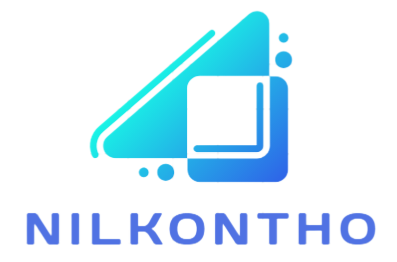Running a small business is an exciting venture but comes with financial hurdles. Cash flow fluctuations, unexpected expenses, and seasonal dips in revenue can disrupt your operations and hinder growth. This is where a business line of credit (LOC) steps in as a valuable financial tool.
Understanding Business Lines of Credit:
A business line of credit functions similarly to a credit card for your business. It provides a pre-approved credit limit you can tap into as needed. Unlike a term loan with a lump sum repayment schedule, a business LOC allows you to withdraw funds, repay them, and then borrow again up to your credit limit. You only pay interest on the amount you use, making it a flexible and cost-effective way to manage your cash flow.
Types of Business Lines of Credit:
There are two main types of business LOCs to consider:-
Secured LOC: This option requires you to pledge collateral, such as business assets or real estate, to secure the loan. Secured lines typically offer lower interest rates due to the reduced risk for the lender. However, you risk losing your collateral if you default on the loan.
Unsecured LOC: As the name suggests, unsecured lines don’t require collateral. This makes them easier to obtain, especially for startups or businesses with limited assets. However, unsecured LOCs often come with higher interest rates to compensate for the increased risk for the lender.
Benefits of Using a Business Line of Credit:
Business credit extensions offer a few benefits for private companies:-
Improved Cash Flow Management: A LOC acts as a safety net, providing access to quick funding for unexpected expenses, short-term working capital needs, or covering gaps between invoices and payments. This helps you maintain smooth operations without disrupting your budget.
Flexibility: Unlike a term loan with a fixed repayment schedule, an LOC offers flexibility in how you use and repay the funds. You can make minimum payments during slow periods and withdraw more when business picks up.
Building Business Credit: Responsible use of a business LOC helps establish and improve your business credit score. This can be beneficial when applying for future loans or lines of credit at potentially lower interest rates.
Potential Tax Advantages: Business loan interest payments, including LOCs, are often tax-deductible. Consult your tax advisor to understand the specific tax implications for your business.
Common Uses for Business Lines of Credit:
Here are some common scenarios where a business LOC can be particularly helpful:-
Seasonal Inventory Fluctuations: If your business experiences seasonal swings in demand, an LOC can help you finance additional inventory purchases during peak seasons.
Covering Operating Expenses: An LOC can address unexpected costs like repairs, equipment breakdowns, or marketing campaigns without derailing your budget.
Bridge Financing: A LOC can bridge invoices and payments, ensuring smooth cash flow while waiting for customer payments.
Building Business Credit: A business LOC used responsibly can help establish a positive credit history, making it easier to qualify for loans with favorable terms in the future.
Factors to Consider When Applying for a Business LOC:
Before applying for a business LOC, consider these factors:-
Interest Rates: Compare interest rates offered by different lenders. Secured LOCs typically have lower rates than unsecured options.
Fees: Be aware of any associated fees, such as application fees, annual fees, and inactivity fees.
Credit Limit: Carefully assess your business needs and choose a credit limit that provides adequate buffer without exceeding your repayment capabilities.
Repayment Terms: Understand the repayment terms, including minimum payment requirements and draw periods.
Tips for Managing Your Business Line of Credit Effectively:
To maximize the benefits of your business LOC, follow these tips:-
Develop a Strategic Use Plan: Determine how to use the LOC and establish clear funding access guidelines.
Maintain a Healthy Credit Utilization Ratio: Avoid maxing out your credit limit. Keep your borrowing below the credit limit to maintain a good credit score.
Prioritize Repayments: Make timely payments to avoid accruing high interest charges and potential late fees.
Monitor Your Balance: Regularly track your outstanding balance and interest accruals to manage your finances effectively.
Last tips:
A business credit extension can be a useful asset for independent companies. By understanding its features, benefits, and drawbacks, you can leverage this financing option to navigate cash flow challenges, seize opportunities, and propel your business toward growth. Responsible use of a business LOC can help establish a strong financial foundation for your company’s long-term success.
